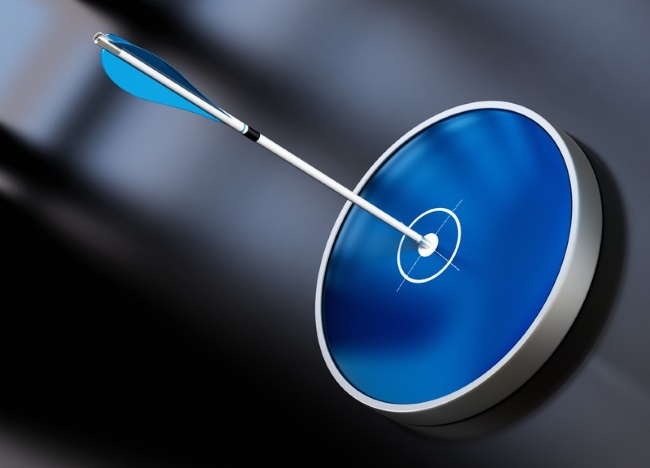Casella UK
Wolseley Rd, Kempston,Bedford MK42 7JY
+44(0)1234844100
info@casellasolutions.com

Personal air sampling pumps are bodily-worn pumps used to sample airborne contaminants that can be damaging to health, controlling the flow of air to ensure a known volume of air is sampled.
Monitoring for dust is usually achieved using such devices by sampling air onto a pre-weighed filter, which is then weighed after sampling and the dust concentration calculated. Monitoring for gases and vapors uses the same air sampling pump, but generally at a lower flow and using sorbent tubes or other media. The pump maintains the airflow at the correct level.
Personal sampling pumps must adhere to ISO 13137: 2013, which sets limits for required flow stability, as well as maximum pulsation levels. The international standard is intended to enable users of personal air sampling pumps to adopt a consistent approach for flow rate assessment. The standard provides a comprehensive framework that specifies test methods to determine performance of air sampling pumps, and ensures environmental influences such as air pressure and temperature have a minimal effect on the accuracy of the sampled air, which in turn could affect sample results.
Pulsation
Air monitoring pump calibrators are used to set and verify the flow rate of the pump required in the sampling process. Traditionally, this is accomplished using a rotameter, a transparent tube with a small float inside, or something like a burette to count soap bubbles. The air flowing through the air measurement calibration device causes the float to rise inside the tube to indicate the approximate airflow rate.
The electronic flow meter is the more contemporary innovation within airflow measurement technologies. As a diagnostic tool, electronic airflow meters allow for traceable measurement results, saving time and reducing the risk of errors compared to more traditional methods where results would be taken down manually. Electronic airflow meters also deliver better accuracy, testing to 1–2 percent greater accuracy than systems such as rotameters. What are the core benefits of this method of pump calibration and the recommended techniques industrial hygienists should use?
Setting up
Air monitoring pump calibration determines the volumetric flow rate that will pass through the sampling media during the time the sample is taken and in its current location.
Calibration of the flow through the air sampling system is important in that it should be checked before and after each day of sampling in order to calculate the average air volume reading. The entire sample train—including the combination of pump, flexible tube, and air sampling device—should be calibrated to ensure accuracy of flow rate.
Tips for accuracy
For effective calibration, accuracy is key. Through the process, calibration identifies error and allows for corrections for flow deviation. For this reason, inspection of the entire sample train is crucial in order to check not just the pump, but also items like the sampling head and tube, are leak free and in good condition. Also, remember to do the following:
- Let your pumps run for 5 minutes before calibration after removing them from the battery charger to let the flow stabilize. Check with your pump manufacturer for guidance.
- Calibrate the sample train as near to the site where the air sampling equipment will be used as possible in order to replicate atmospheric conditions. Give the pump and calibrator time to equilibrate to the temperature conditions at the site.
-Remember that flow calibration can be affected by conditions such as temperature and atmospheric pressure.
- It is good practice to ensure sampling pump batteries are fully charged before each full-shift usage, or to check that you have enough battery life for your sampling run.
- The post-sample reading must agree within 5 percent of the pre-sampling target flow rate; if the difference of the two flows exceeds 5 percent, the sample is invalid.
Making the cut
With every cycle of the pump, air is drawn in and then exhausted. The resulting airflow will not be completely smooth and includes an alternating, or pulsating, component due to the pump’s rotation. The pulsation performance is expressed as the ratio of the pulsating component amplitude to the mean (steady) flow rate. As sampling heads, like cyclones, rely on a steady flow to maintain a specific size “cut,” it is important for pulsation to be as small as possible. According to research published in the January 2014 issue of the Annals of Occupational Hygiene, deviation from the specified airflow for a cyclone will result in the sampled air not accurately reflecting the respirable size fraction. In accordance with ISO 13137, airflow pulsation should not exceed 10 percent. Casella's digital air flow meter , the Flow Detective™ is the only air flow calibrator on the market to detect when pulsation is exceeding 10 percent.
Tim Turney, Technical Product Manager Casella
Discover our airflow calibrator - The Flow Detective™
This article was first published in the AIHA online magazine
Resources
Annals of Occupational Hygiene: “Evaluation of Pump Pulsation in Respirable Size-Selective Sampling: Part II. Changes in Sampling Efficiency” (January 2014).
International Organization for Standardization: ISO 13137, “Workplace atmospheres—Pumps for personal sampling of chemical and biological agents—Requirements and test methods” (October 2013).
MSHA: “Metal/Nonmetal Health Inspection Procedures Handbook,” Chapter 4: Sampling Pumps & Airflow Calibrators (PDF).
NIOSH: “Manual of Analytical Methods,” Chapter D: General Considerations for Sampling Airborne Contaminants (PDF).
OSHA: “Technical Manual,” Section II, Chapter 1, Appendix F: Calibration.